Technological Innovations
Technological advancements in the production and application of FRP rebar are likely to propel the FRP Rebar Market forward. Innovations such as improved manufacturing processes and enhanced material properties are making FRP rebar more accessible and cost-effective. For instance, the introduction of automated production techniques has reduced manufacturing costs, making FRP rebar a more viable option for large-scale projects. Furthermore, ongoing research into composite materials is expected to yield even stronger and more durable variants of FRP rebar. This continuous evolution in technology not only enhances the performance of FRP rebar but also broadens its applicability across various construction sectors, thereby stimulating market growth.
Infrastructure Development
The ongoing infrastructure development initiatives across various regions are likely to bolster the FRP Rebar Market. Governments and private entities are investing heavily in upgrading and expanding infrastructure, including roads, bridges, and buildings. This surge in construction activity creates a substantial demand for materials that can enhance structural integrity and longevity. FRP rebar, with its lightweight and high-strength characteristics, is increasingly being specified in new projects. As infrastructure projects continue to proliferate, the demand for FRP rebar is expected to rise, providing a significant opportunity for manufacturers and suppliers in the market.
Sustainability Initiatives
The increasing emphasis on sustainability within the construction sector appears to be a pivotal driver for the FRP Rebar Market. As environmental concerns gain traction, construction companies are increasingly seeking materials that minimize ecological footprints. FRP rebar, known for its lightweight and corrosion-resistant properties, aligns well with these sustainability goals. The market for FRP rebar is projected to grow at a compound annual growth rate of approximately 10% over the next five years, driven by the demand for eco-friendly construction materials. This shift towards sustainable practices not only enhances the appeal of FRP rebar but also encourages innovation in its applications, thereby expanding its market presence.
Corrosion Resistance Demand
The growing demand for corrosion-resistant materials in construction is a significant driver for the FRP Rebar Market. Traditional steel rebar is often susceptible to corrosion, leading to structural degradation and increased maintenance costs. In contrast, FRP rebar offers superior resistance to chemical and environmental factors, making it an attractive alternative for infrastructure projects. The market for FRP rebar is expected to witness a surge as more construction firms recognize the long-term cost benefits associated with reduced maintenance and extended lifespan of structures. This trend is particularly evident in regions with harsh environmental conditions, where the durability of FRP rebar can lead to substantial savings over time.
Regulatory Support for Advanced Materials
Regulatory frameworks that promote the use of advanced materials in construction are emerging as a key driver for the FRP Rebar Market. Many regions are implementing building codes and standards that encourage the adoption of innovative materials, including FRP rebar, to enhance safety and performance. These regulations not only facilitate the integration of FRP rebar into construction practices but also provide a competitive edge to companies that adopt these materials. As regulatory bodies continue to recognize the benefits of FRP rebar, its acceptance in mainstream construction is likely to increase, further driving market growth.


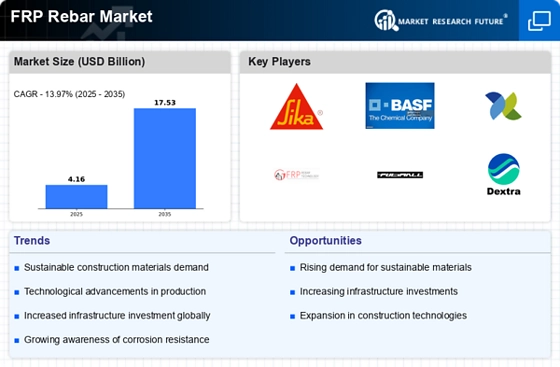
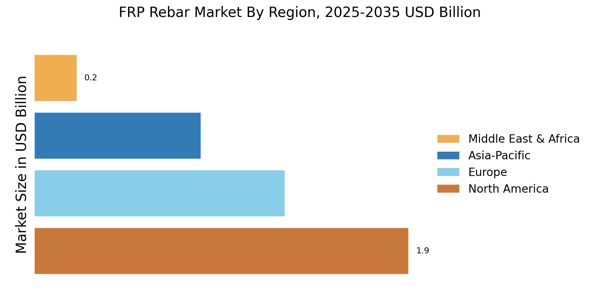

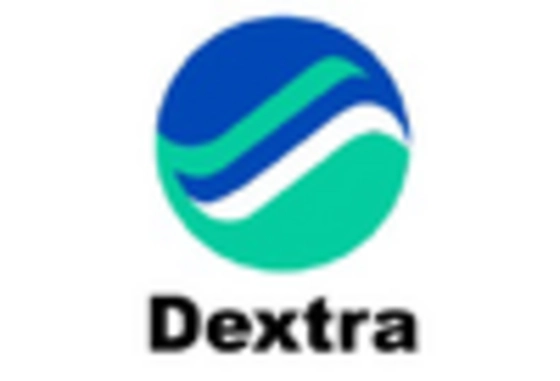
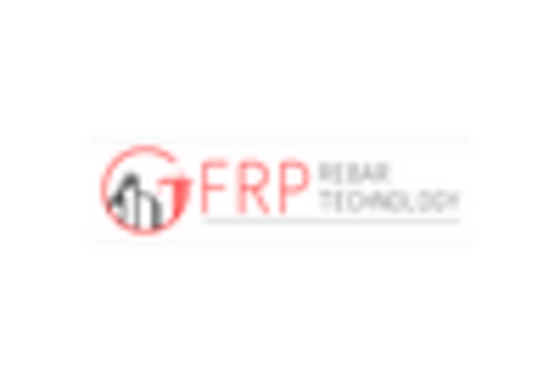
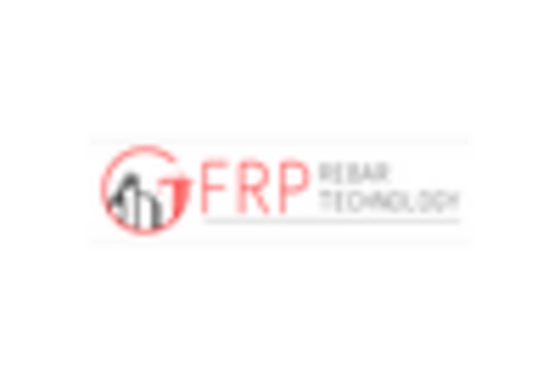

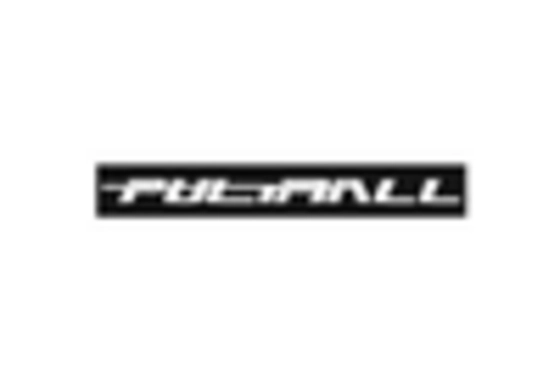









Leave a Comment